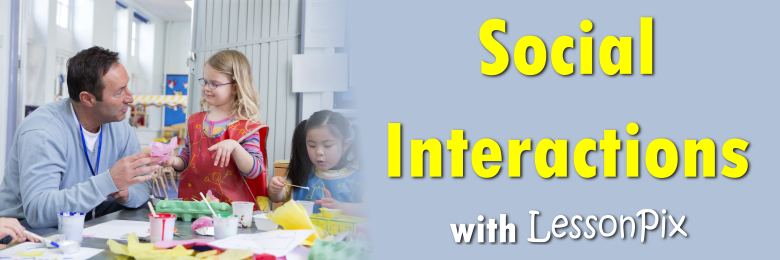
9 Ways to Promote Social Interactions with LessonPix
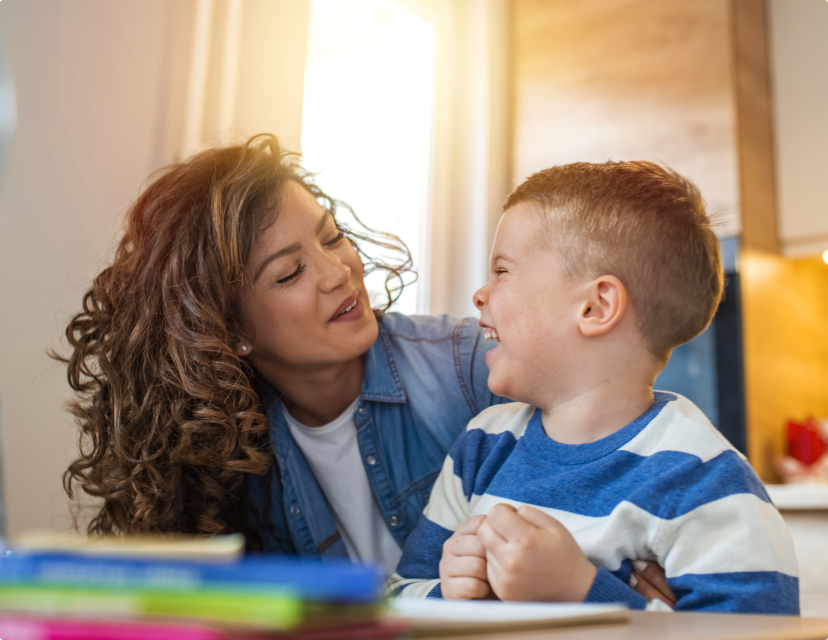 Children need to build trusting relationships with the adults so they can be confident in their explorations and risk taking. They may need assistance in order to make connections with peers, develop friendships and regulate their behaviors. Interactions between teachers/children and child/child require opportunities for ongoing and multiple modes of communication.
Children need to build trusting relationships with the adults so they can be confident in their explorations and risk taking. They may need assistance in order to make connections with peers, develop friendships and regulate their behaviors. Interactions between teachers/children and child/child require opportunities for ongoing and multiple modes of communication.
LessonPix supports interactions in the classroom.
The 2020 Global Pandemic forced families and schools to adapt instruction and rely on remote learning strategies. New programs are being implemented with funding opportunities to address learning recovery. (Learn More about Learning Recovery Here).
Here are some specific examples of how LessonPix supports the social environment.
1. Know My Name: Know Me.
A person's name is the greatest connection to their own identity. Not only does calling others by their name connect you better, but also increases accountability, trust, empathy, and positive communication. Wayne Stocks, a writer and researcher for childhood communication says, “In a child’s eyes…if you can’t remember their name, you aren’t a ‘friend;’ you are just another adult that they have to answer to. They might listen to you, they might even respect you, but they will not open up to you, and will lose your opportunity to speak into their lives.”
Knowing students' names includes knowing how to pronounce their names. This conveys the message: you are important to me.
Throughout the year, create activities that center on the students name. There are thousands of ideas!
2. All About Me.
Invest time in learning all about the students' interests, culture, language, families, etc. Have students create "all about me book" for the literacy center or decorate "Family Flags" to display on the wall. Offer choices and pay attention to the stories and activities they choose.
The cultural and linguistic diversity of the classroom and the world beyond is honored and reflected in learning materials and tasks. While teachers may not be multilingual, each child’s home language is used as much as possible throughout the curriculum.
3. Letting go of the words!
Teachers and parents often feel "like a broken record" repeating directions or corrections. This may lead to feelings of nagging and annoyance. Visuals really help! Rather than repeating, "take out your pencil", "raise your hand", or "go sit down", a simple point to a visual removes the words. And the flow of the lesson will have fewer interruptions and remain a more poisitve experience.
Experienced teachers may use a portable set of visuals such as visuals on a lanyard, velcro pictures on an apron, or a flip chart.
4. A Warm Welcome!
The classroom environmental tone must be friendly, calm, supporting and welcoming. This starts with a smile or greeting at the door. The classroom should be confortably lit and free of clutter. Label and organize for a predictability, feelings of being safe, and reducing anxiety.
5. Promote Conversations.
Conversations build trust. Invest time to just talk with students during transitions or allocate specific times such as snack or a social reading time. Make time for students to talk to their peers as well. Walk and Talks outside relive pressure of expectations while getting fresh air.
6. Build Class Community.
A sense of community carries over into all activities of the day, because students know they belong. For example, a simple job chart gives students responsibility as part of the group.
7. No Secrets.
Visuals provide a sort of "contract" that is clear. Neither party can renege on their word. Posted rules and expectations should be clear and concise. Post the classroom schedule, so everyone know what to do, when and where. Individual schedules support individual expectation. Add rewards or goals as visuals - making a promise "if this...then that".
8. Personalize Learning Centers.
By adding photos and materials of students' interests, learning centers emphasis the classroom commuities. This in turn facilities interactions through conversations sparked by shared interests.
9. Make Time for Learning Fun!
Learning is easily embedded in fun learning games. Positive interactions through play invite "happy hormones" such as dopamine and endorphins. These "feel good" chemicals help strengthen bonds and instill positive feelings about the teacher/student relationship and the learning environment.
#gen ed, #general education, #early childhood, #general ed, #kindergarten, #first grade, #special education, #special ed, #school, #social skills, #behavior strategies
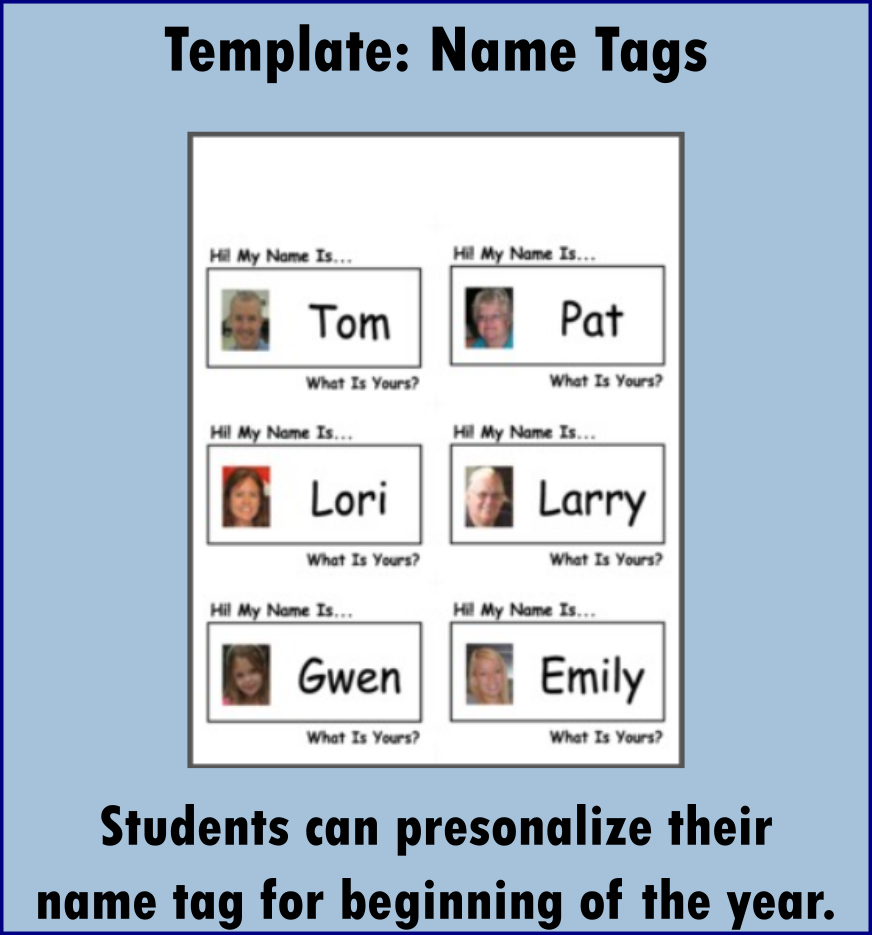
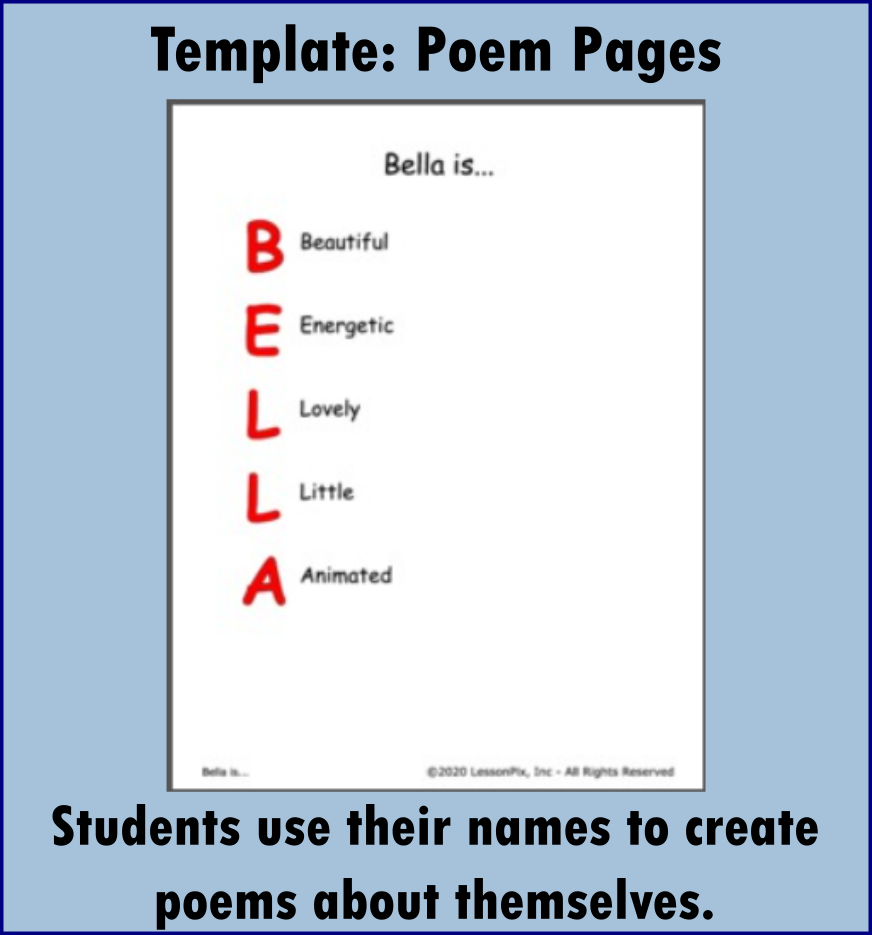
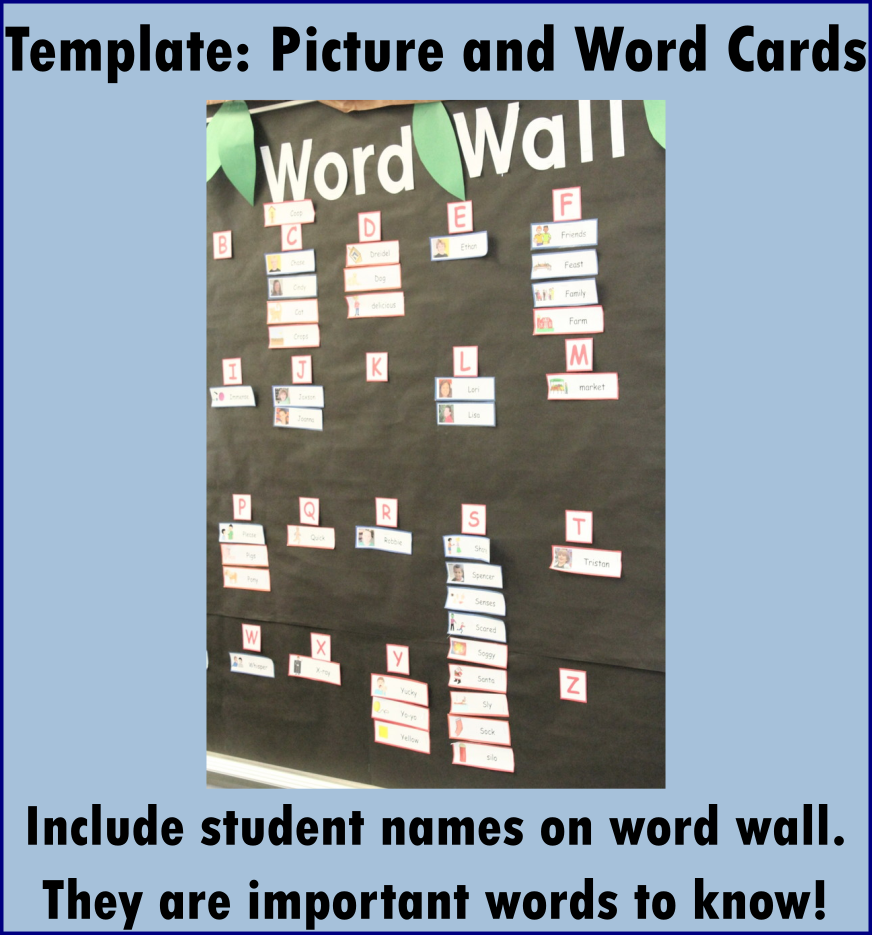
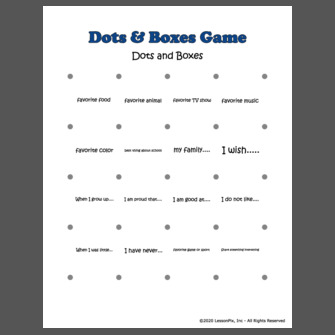
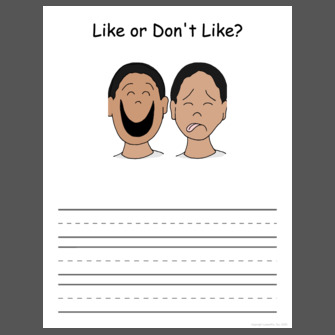
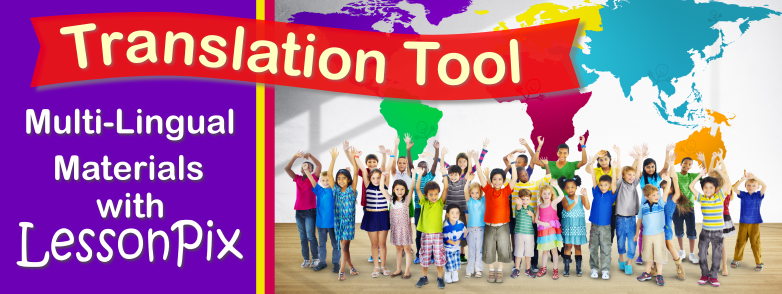
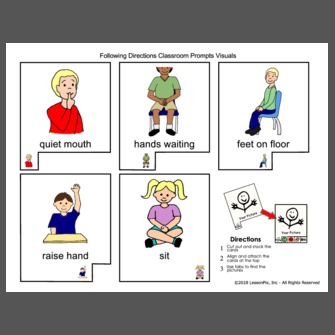
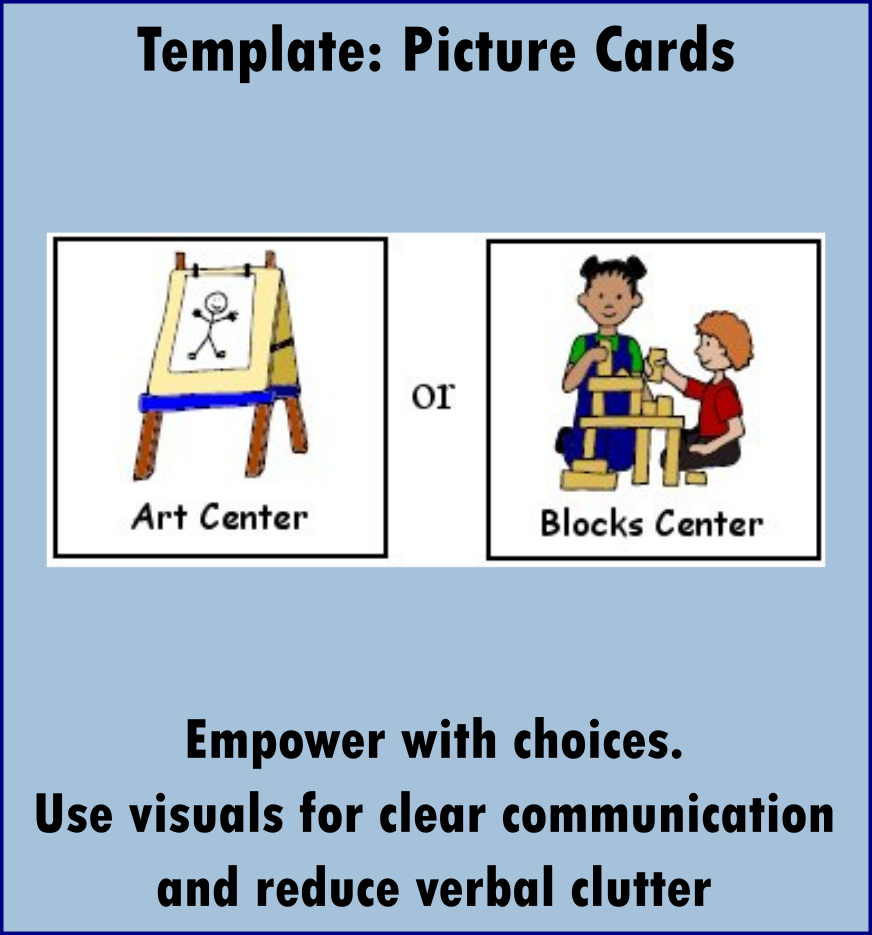
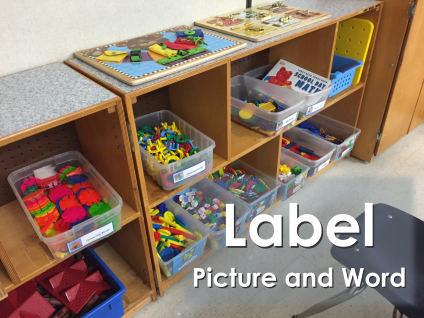
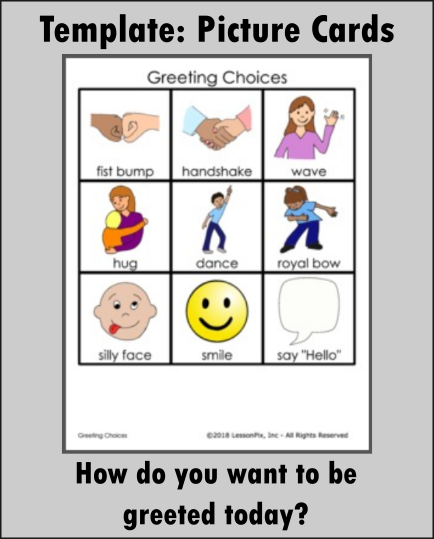
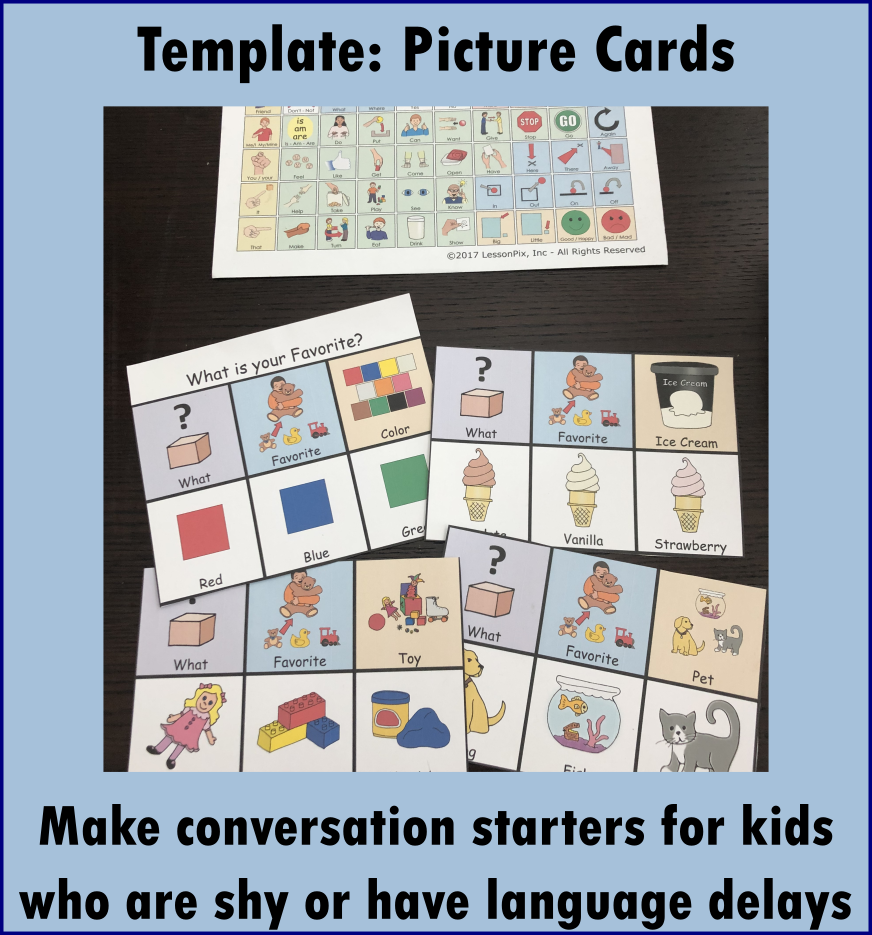
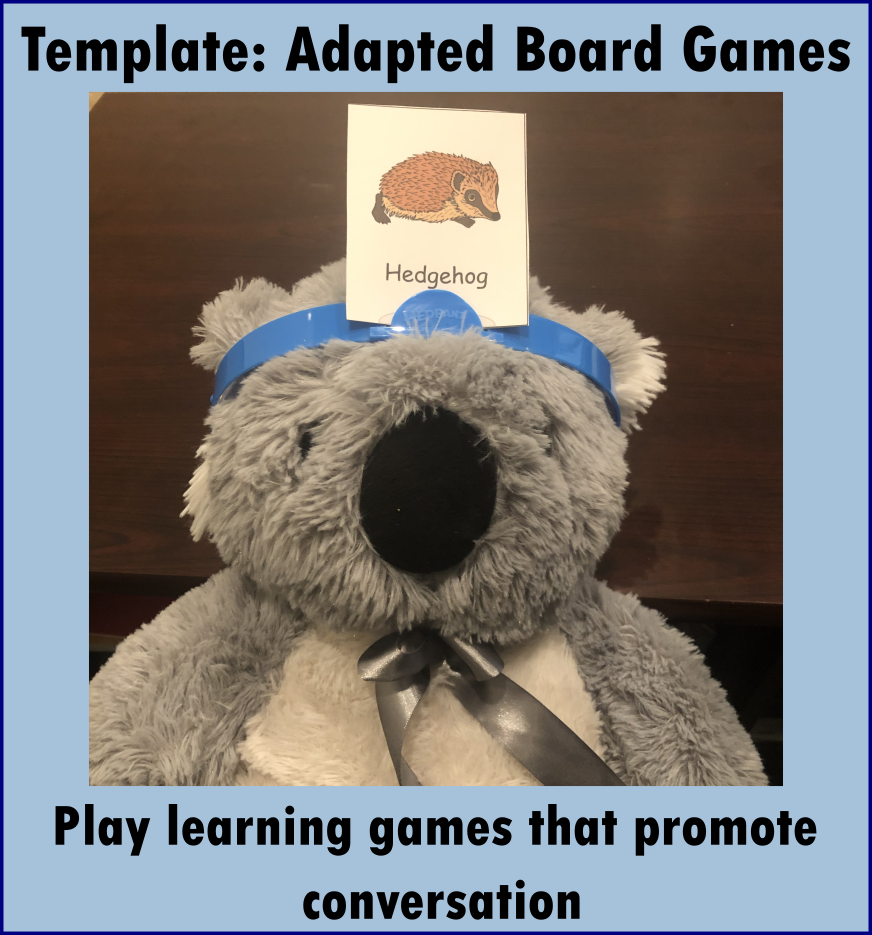
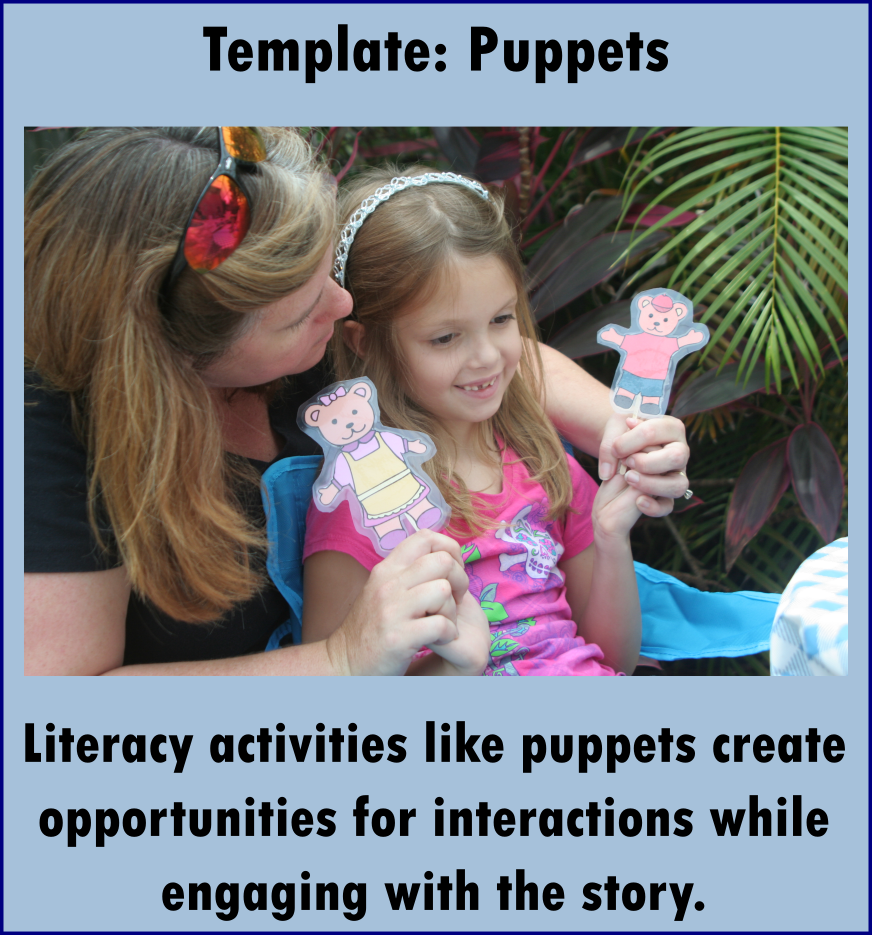
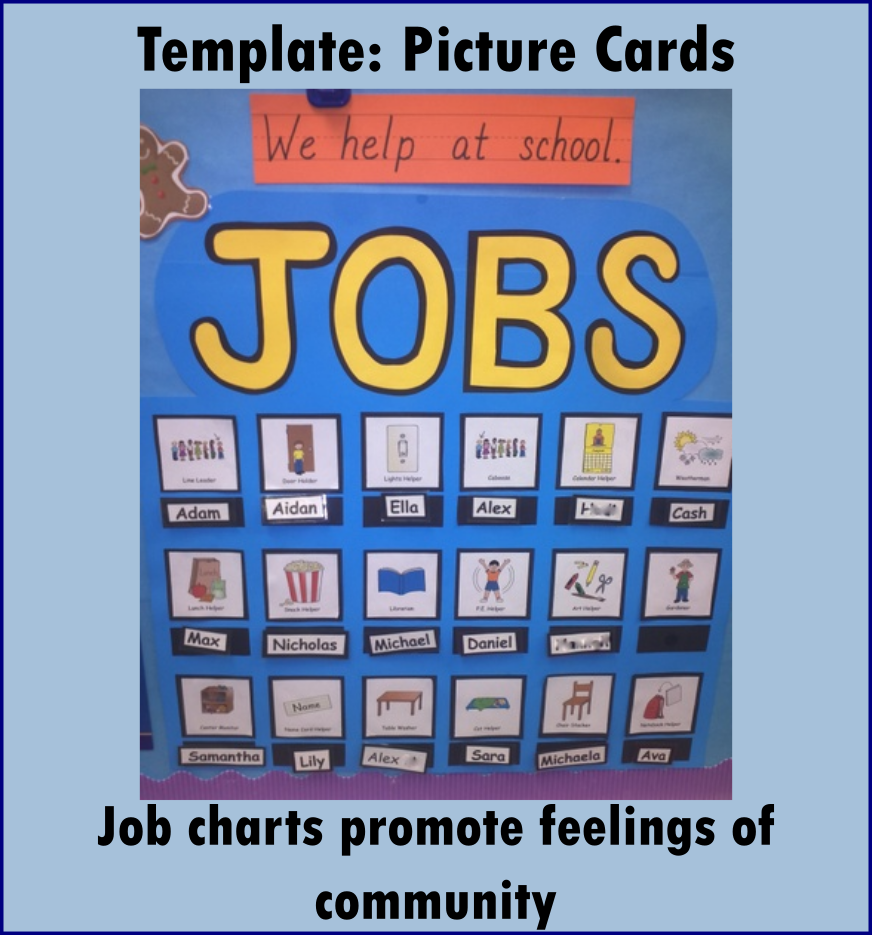
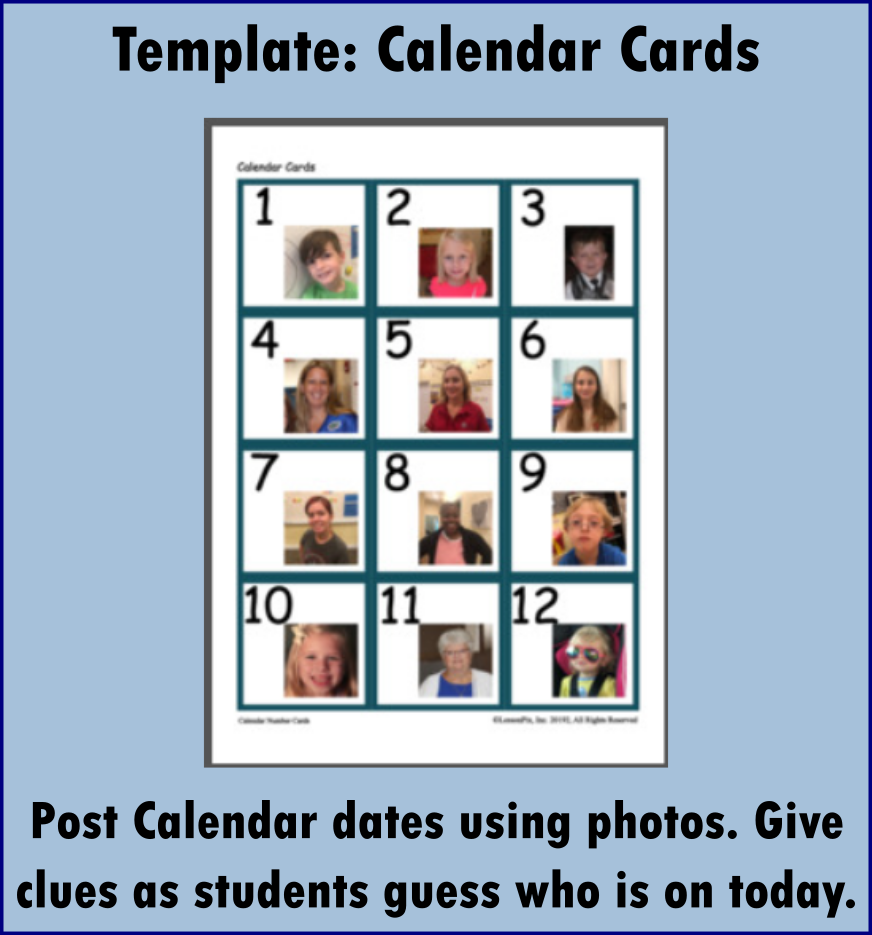

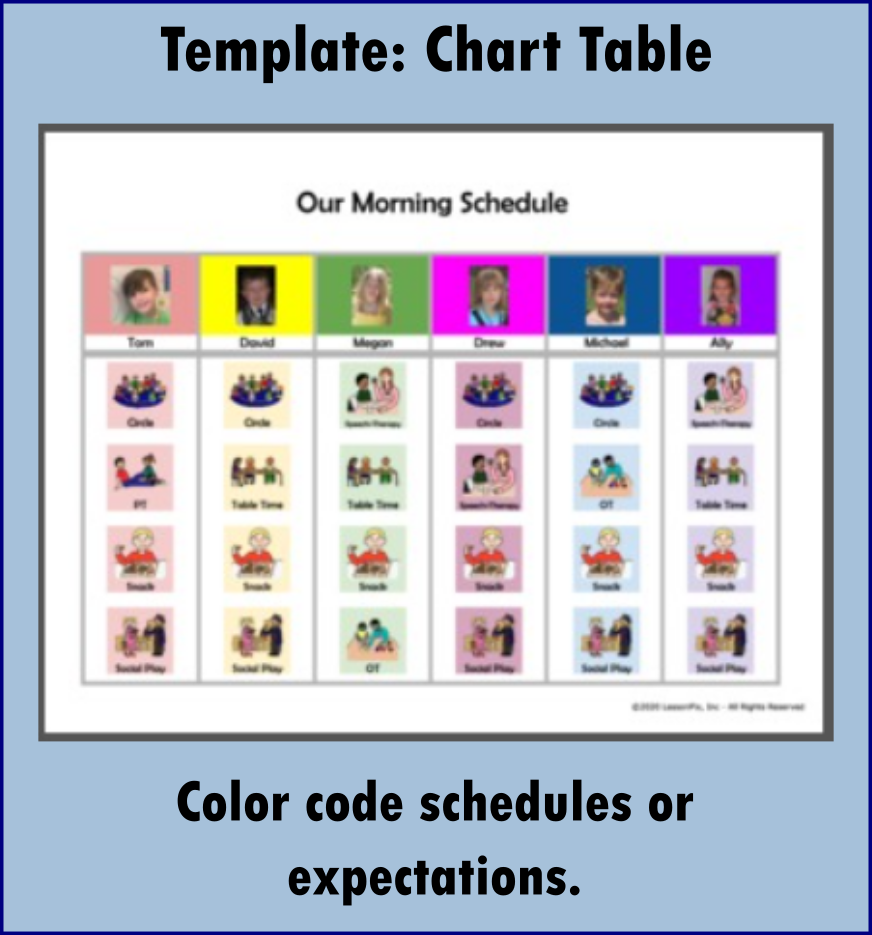
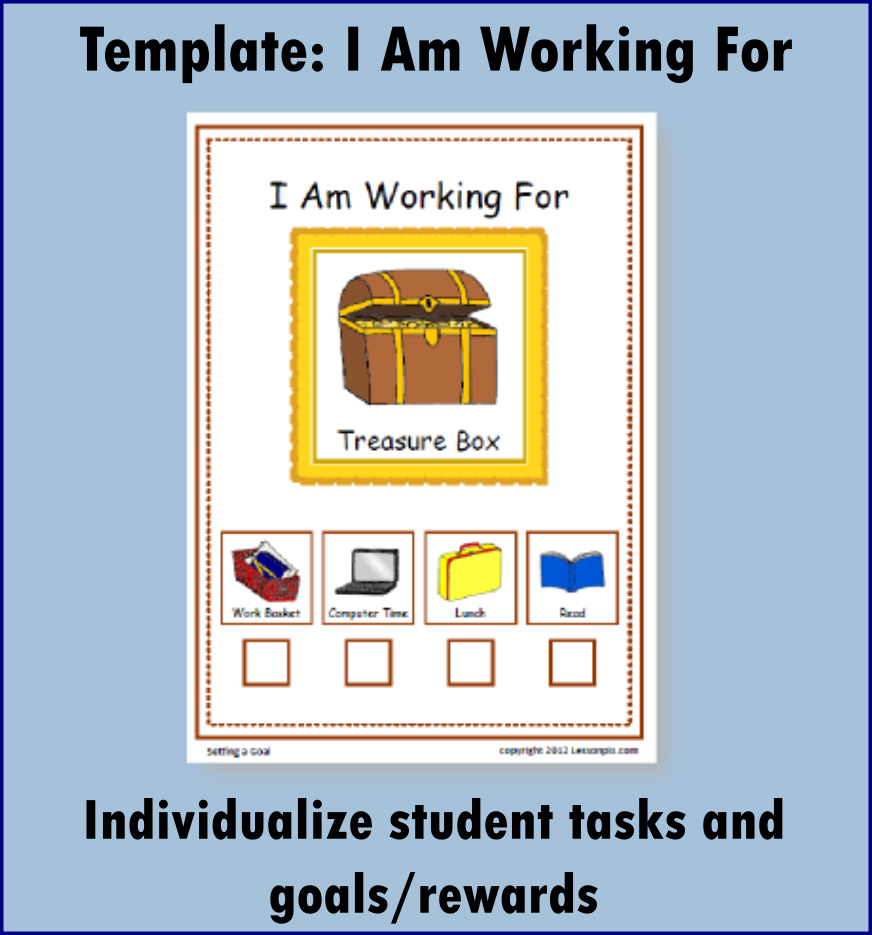
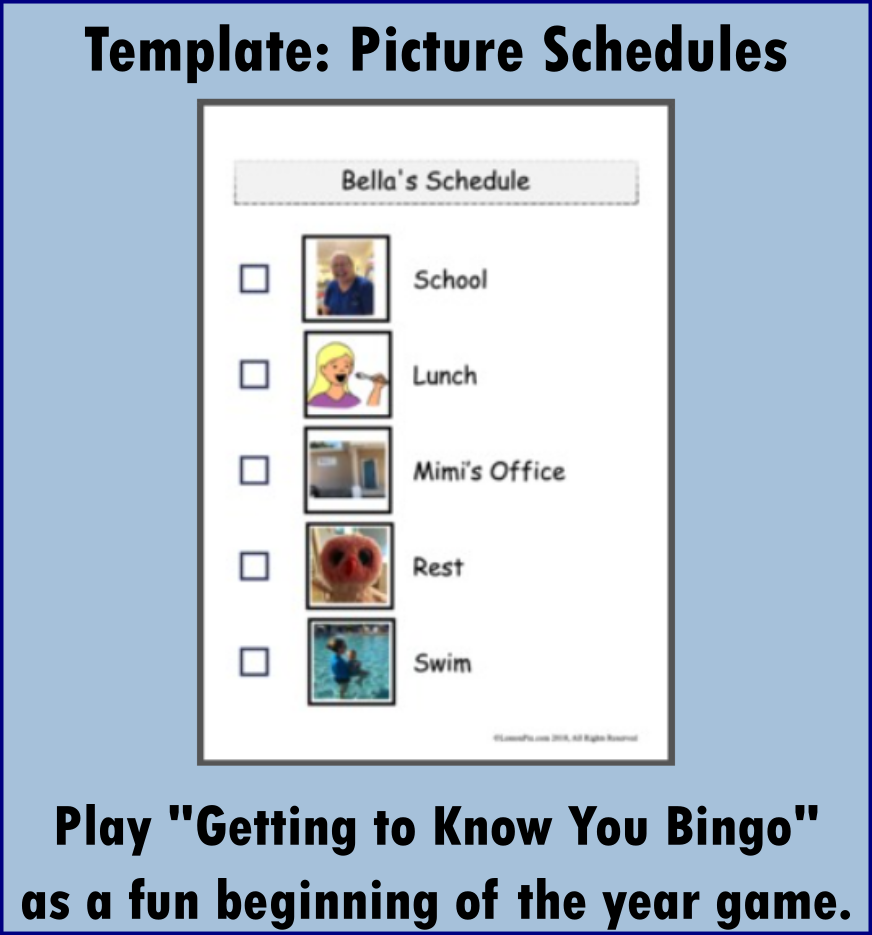
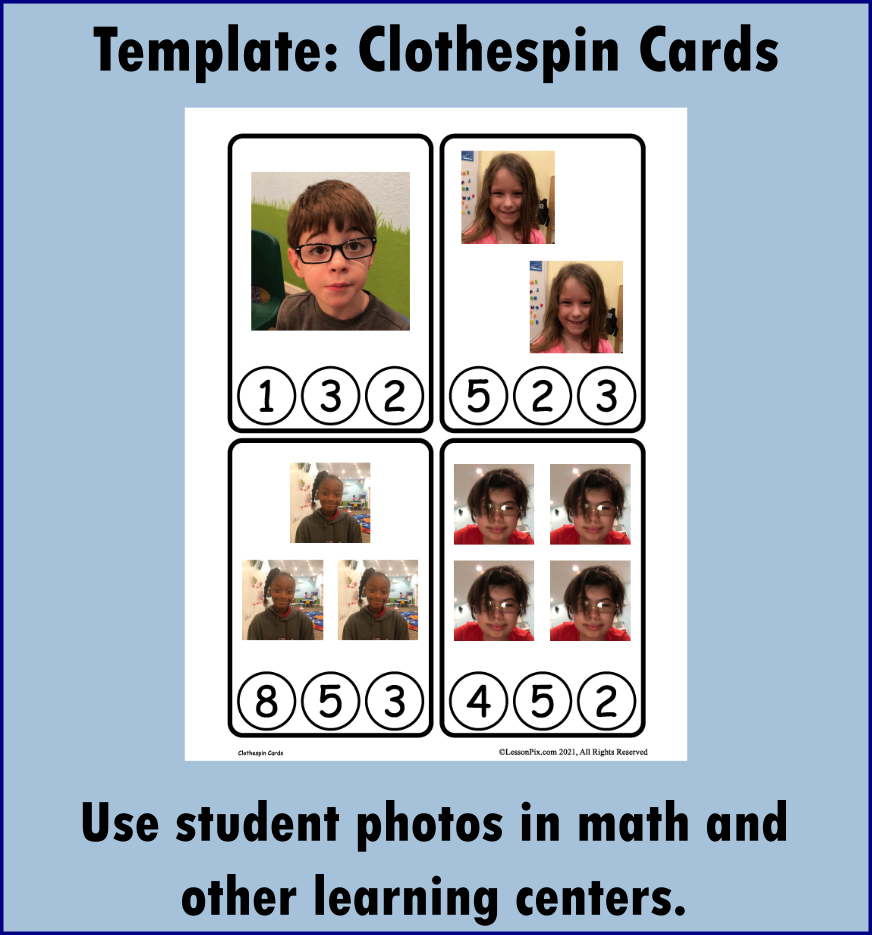
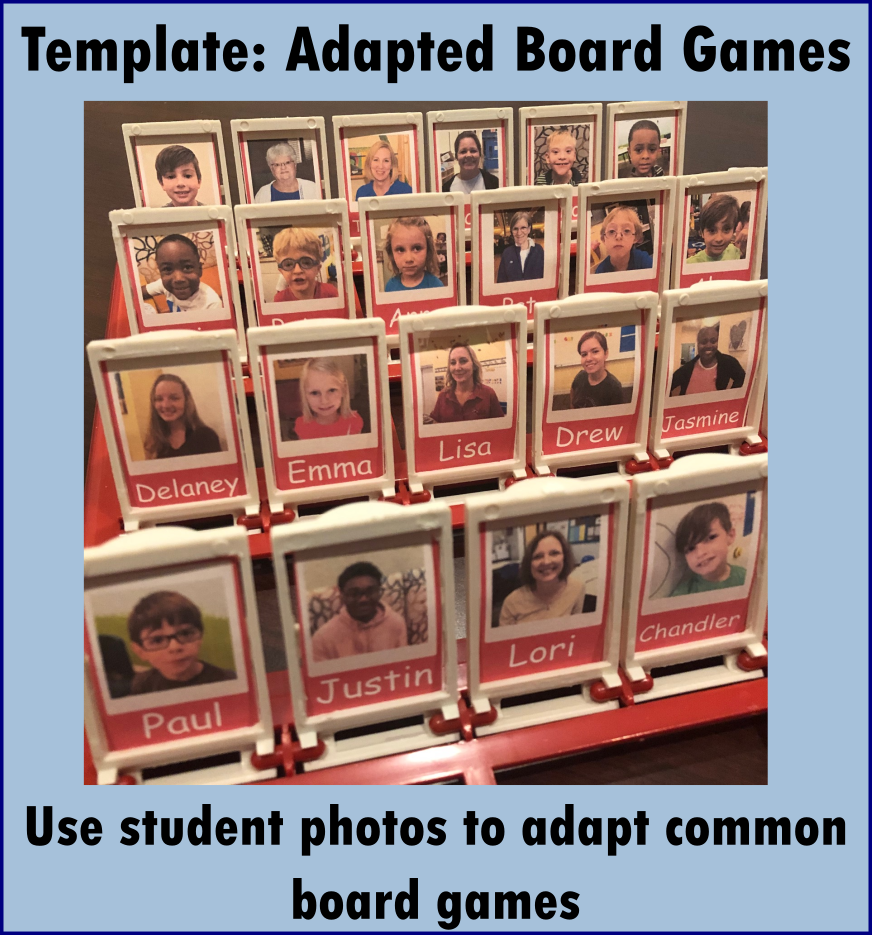
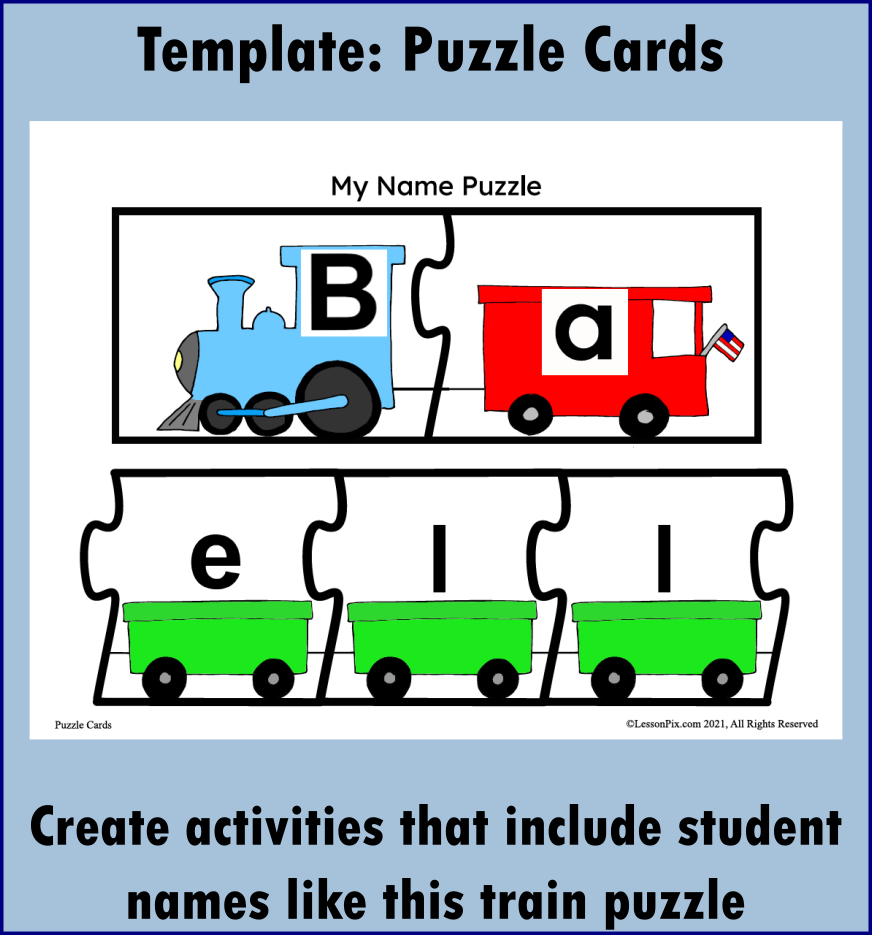
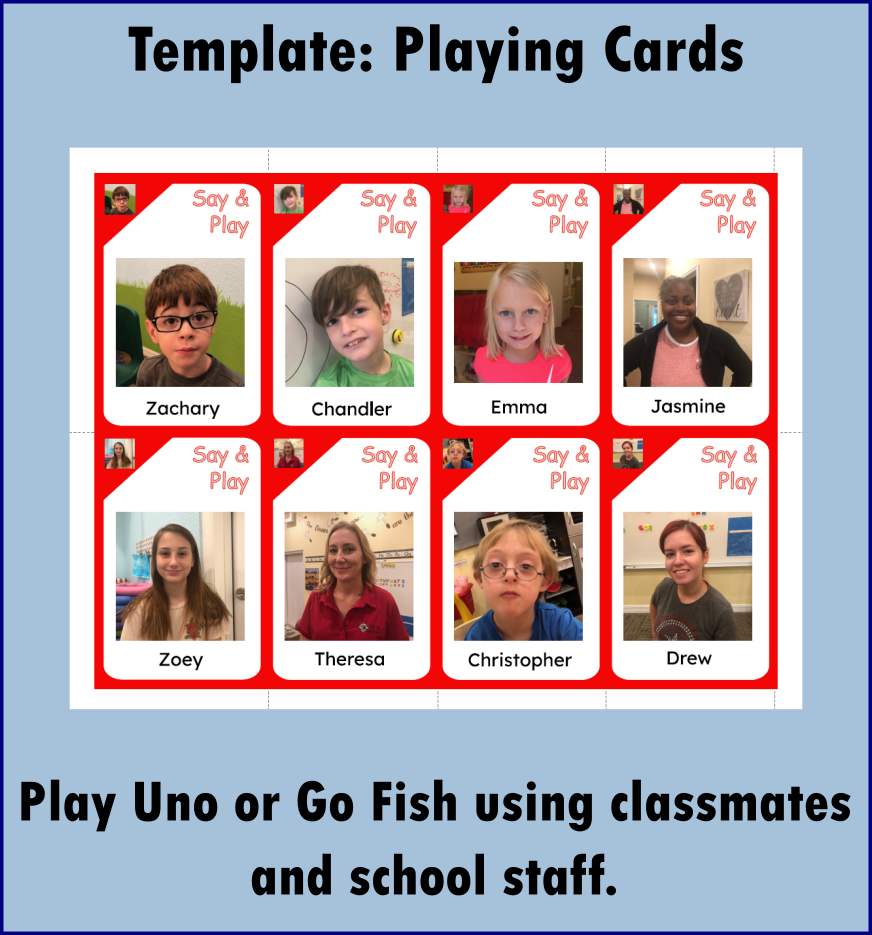
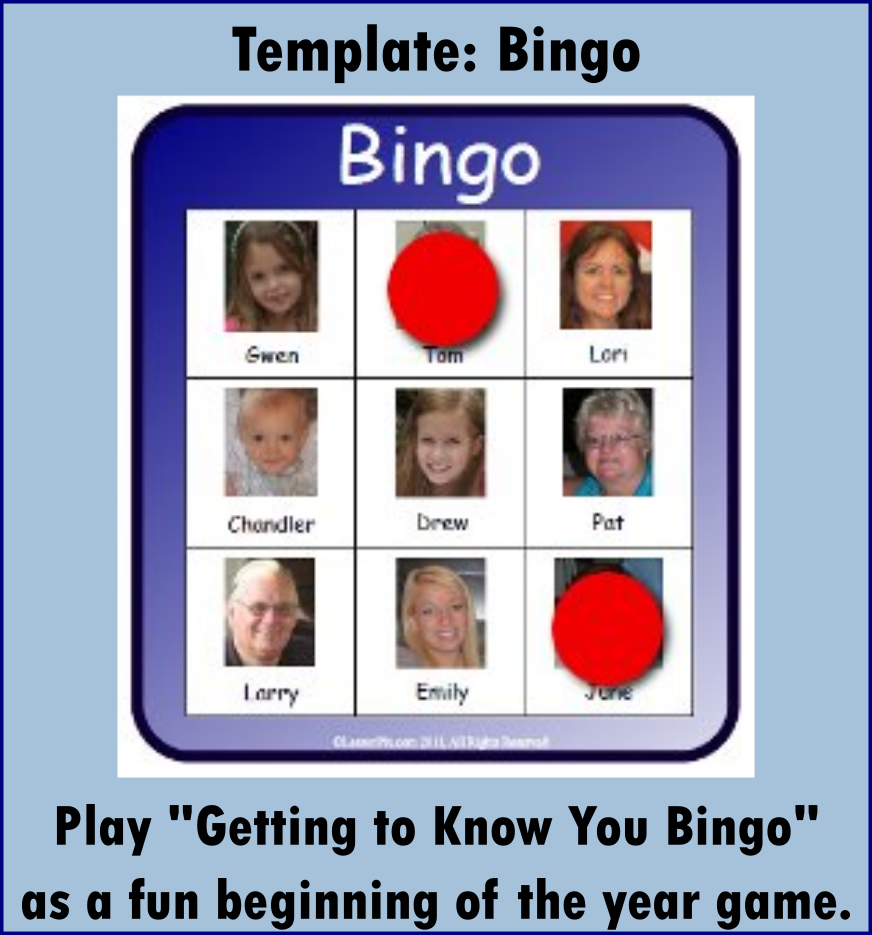
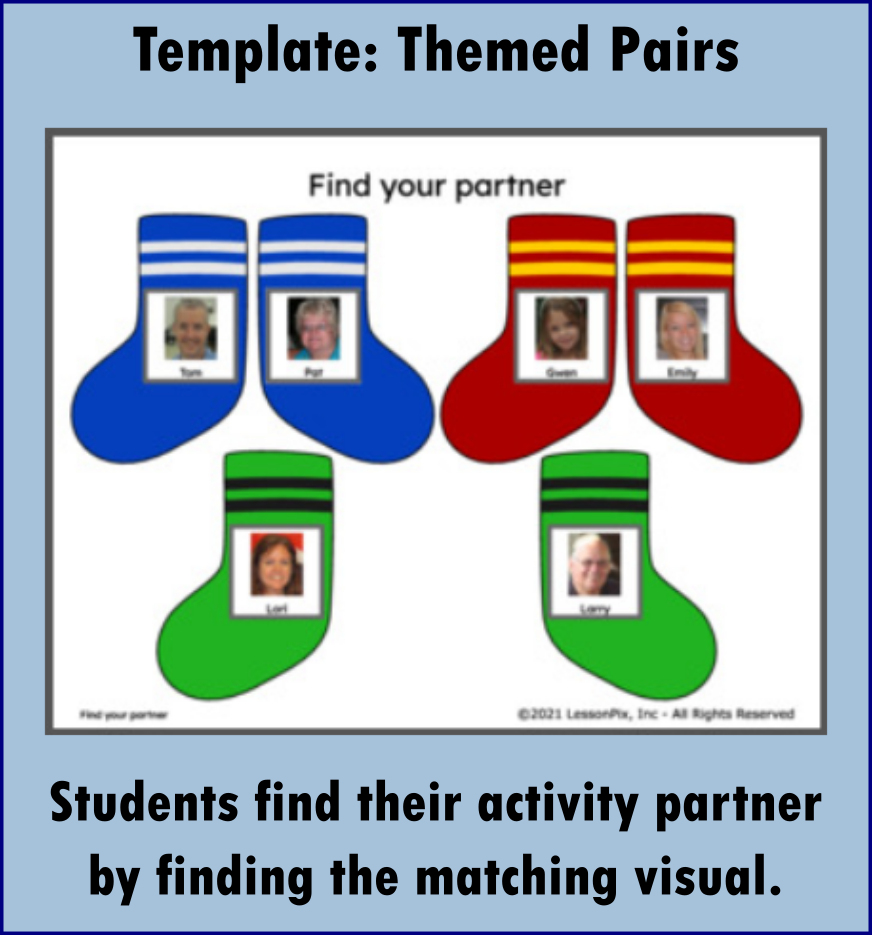
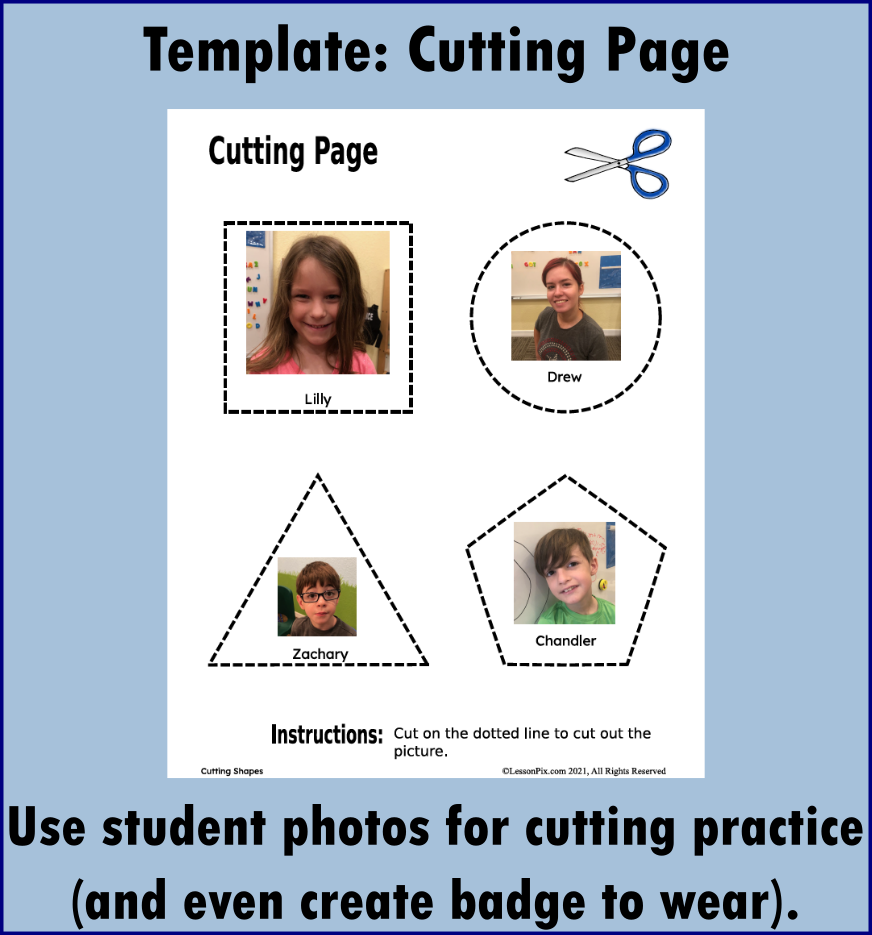
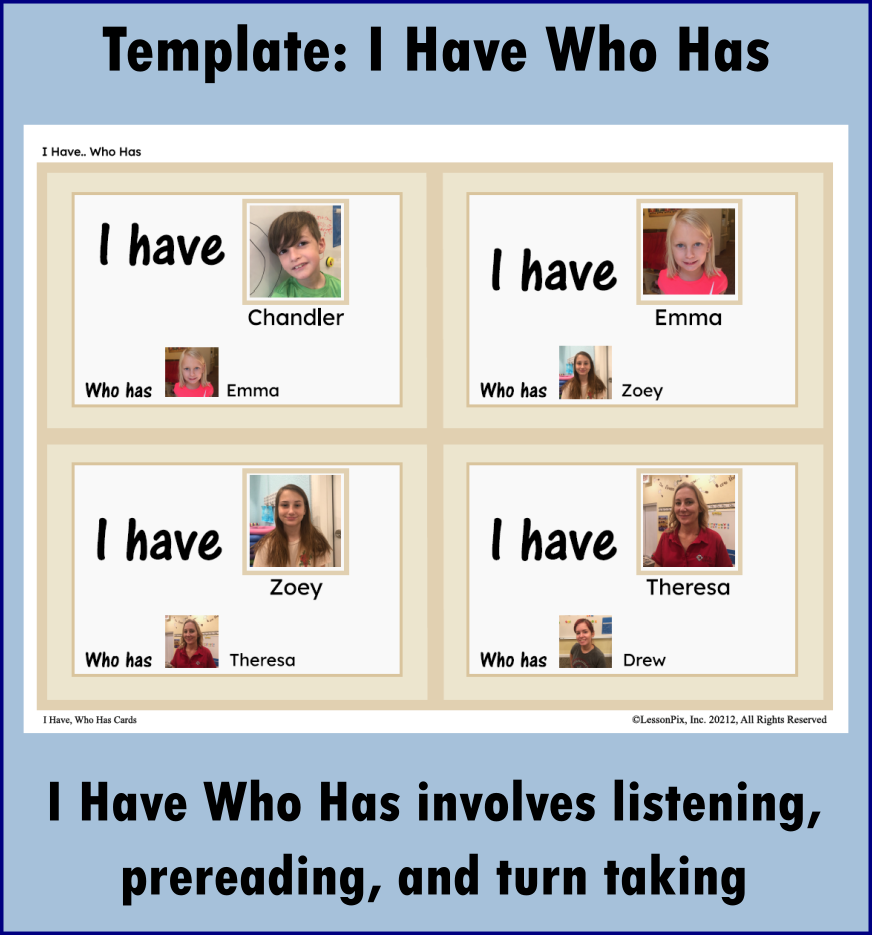
 Facebook
Facebook Twitter
Twitter Pinterest
Pinterest